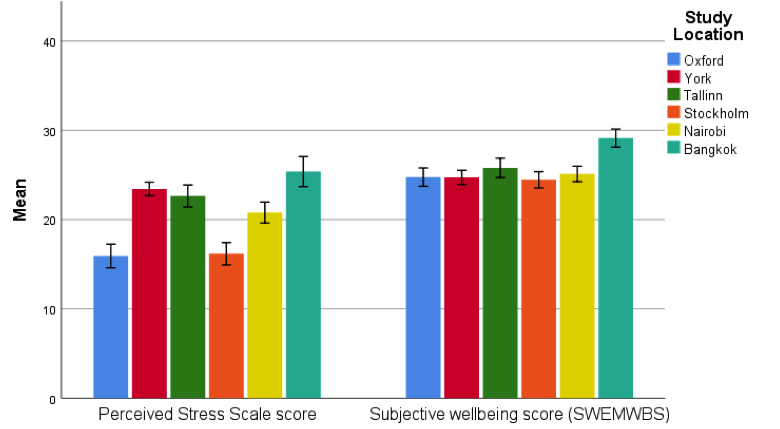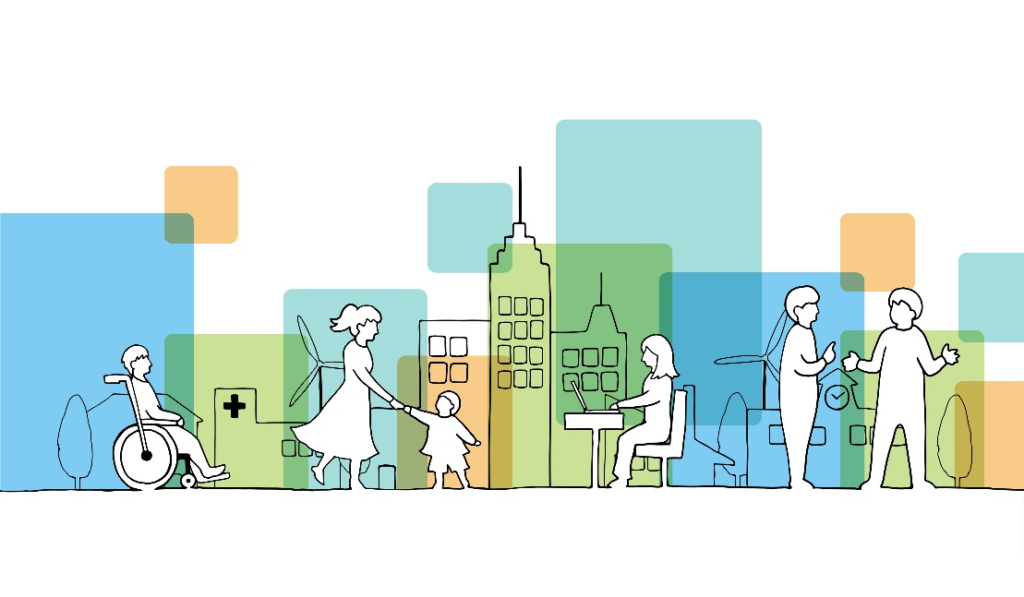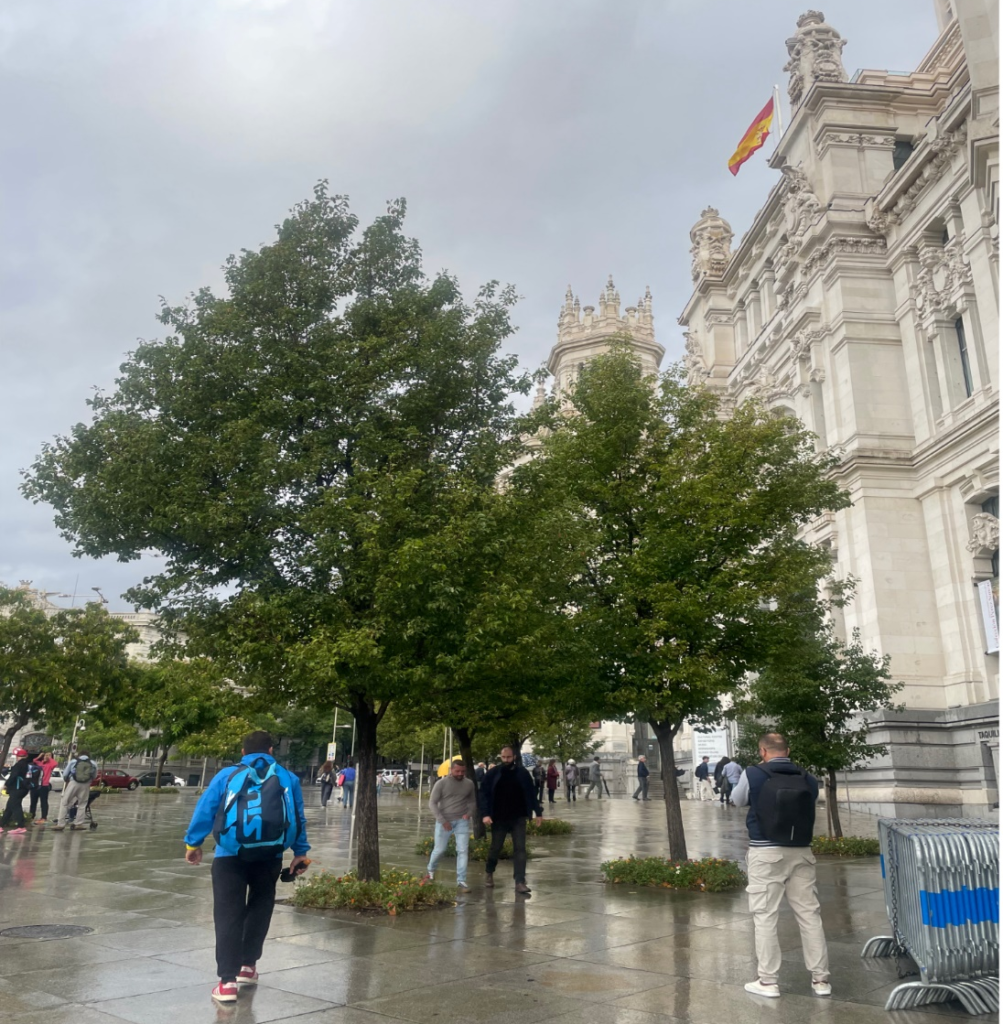City Know-hows

Target audience
City planners, local councils, general public, environmental psychology researchers
The problem
Much of the current public health and environmental psychology research regarding health and wellbeing is geographically restrained and unable to make direct cross-cultural comparisons between populations.
What we did and why
We attempted to apply a standardised framework of analysis in order to compare health and wellbeing metrics between adults in Europe, Africa and South East Asia in order to understand any health and wellbeing differences between geographically, socially and economically diverse cities.
Our study’s contribution
This study indicates regional differences in subjective stress and wellbeing and the impact that both green and public spaces may have on these metrics. It adds a direct cross-cultural examination previously somewhat lacking in the literature.
Impacts for city policy and practice
This research addresses the impact of different types of urban space on health and wellbeing across various global cities, as well as understanding specific local issues that may mediate these effects. Our approach provides a solid base for future cross-cultural research using mixed methods and a multi-disciplinary approach to understanding environmental impacts on human health.
Further information
Chris Neale, Mònica Coll Besa, Sarah Dickin, Vanessa Hongsathavij, Piret Kuldna, Cassilde Muhoza (@cassildemuhoza), Pin Pravalprukskul, & Steve Cinderby (@s_cinderby_SEI)
Full research article:
Related posts

Evidence overwhelmingly suggests that the built environment has an impact on people’s health, particularly in terms of noncommunicable diseases such as asthma, diabetes and poor mental health. However, health is rarely prioritised in urban planning decisions at present, and earlier work by this research group has shown that senior decision-makers feel they lack the power to influence planning and policy decisions in order to improve the situation. This intervention area adds to the wider research programme, which is focused primarily on the delivery of quantifiable socio-environmental and health economics valuations. People make decisions not just based on economic valuation, so an understanding of why people make decisions and how those decisions can change is essential. This paper describes the methodology that will be used to develop this intervention. Findings will be published later.

Living in modern cities can increase cardiovascular disease risk. This study analyzes the association between urban design and obesity, proposing a simplified index to assess how the built environment impacts heart health. Our “Urban-Obesity-Index” helps local authorities and planners design healthier neighbourhoods.

The high risk of death and disability from being struck by a car is unevenly distributed geographically and socially. Our analytics reveal a troubling pattern in that people from Black and Latino neighbourhoods facean especially high risk of crashes, both near and far from home.
Vision Zero leaders in the hundreds of participating cities across the world in planning departments, nonprofits, and community groups need to look at our approach.